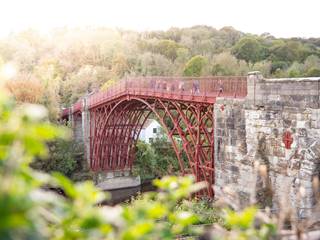World Heritage Site
In 1986 the Ironbridge Gorge was one of the first locations to be designated as a World Heritage Site within the U.K. . This designation recognised the area’s unique and unrivalled contribution to the birth of the Industrial Revolution in the 18th century; the impact of which is still felt across the world today.
The pioneers
It was the achievements of pioneering industrialists including Abraham Darby, William Reynolds and John Wilkinson that led to the Ironbridge Gorge becoming by the close of the 18th century the most technologically advanced area in the world.
The surviving built and natural environment with its museums, monuments and artefacts, including the world famous Iron Bridge of 1779, serve to remind us of the area’s unique contribution to the history and development of industrialised society.
For over 30 years, UNESCO has been working with countries across the world to identify World Heritage Sites and ensure their safe keeping and protection for future generations. World Heritage Sites are selected because of their "Outstanding Universal Value" as natural or cultural sites. They enrich our lives and illustrate the diversity of the planet and its inhabitants. They are ours to share, cherish and respect, and their disappearance would be an irreparable loss to humanity.
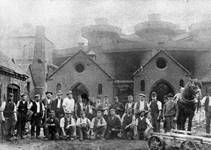
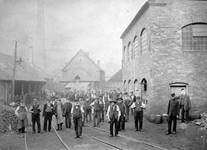
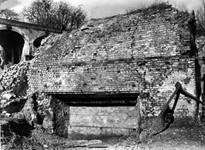
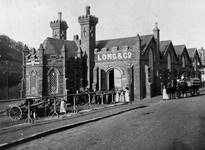
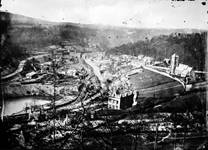
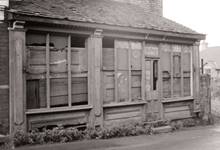
Global reach
There are now over 1050 World Heritage Sites worldwide and these are added to each year when the World Heritage Committee meets to consider new nominations.
Included on the World Heritage List are many well known sites including the Pyramids of Egypt, the Taj Mahal, the Great Wall of China, and the Great Barrier Reef.
There are 30 World Heritage Sites in the UK including Stonehenge, Durham Castle and Cathedral, the City of Bath, New Lanark and the Giants Causeway.
Responsibility
Once a Site is inscribed on the World Heritage List, a responsibility is placed upon the community and country within which it is located to care for and protect the Site on behalf of the wider global community and future generations.
In practice, this means that National and Local Government, site owners, local and national organisations, residents and visitors all have a part to play in helping to protect these unique and irreplaceable sites.
There is also a responsibility to interpret and inform visitors and the local community about the significance of the Site and the principles of World Heritage.
Benefits
Being designated as a World Heritage Site brings enhanced national and international recognition which helps to strengthen the area’s tourism industry and provides access to funding to help ensure the long-term protection of the area for the benefit of all.
If you'd like to find out more about other World Heritage Sites and the work of UNESCO then please take a look at their websites:
get involved
Our unique buildings and sites need constant maintenance and restoration.
Take a look at our volunteering opportunities, and other ways to support us in our work to preserve our unique World Heritage Site.

